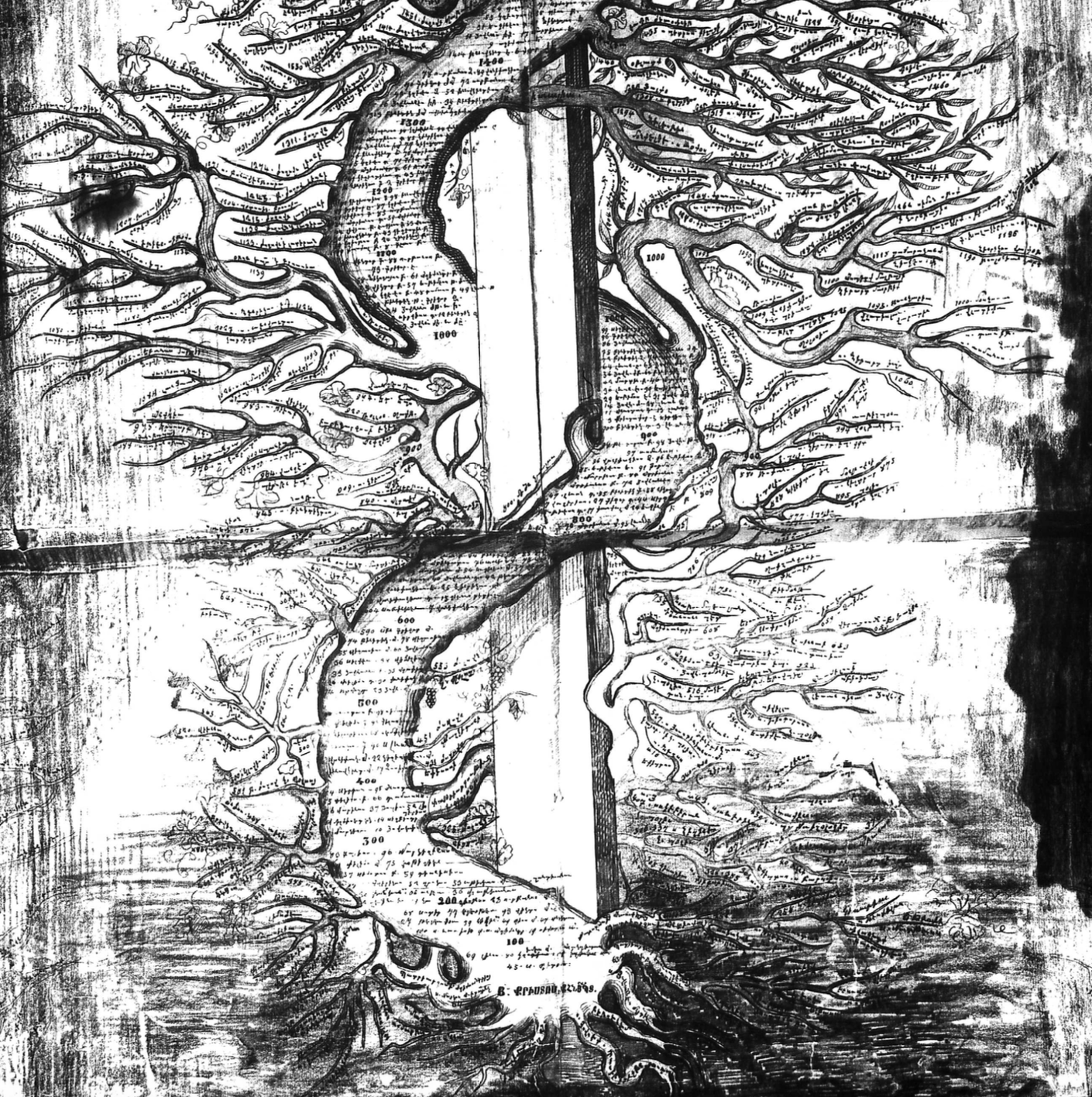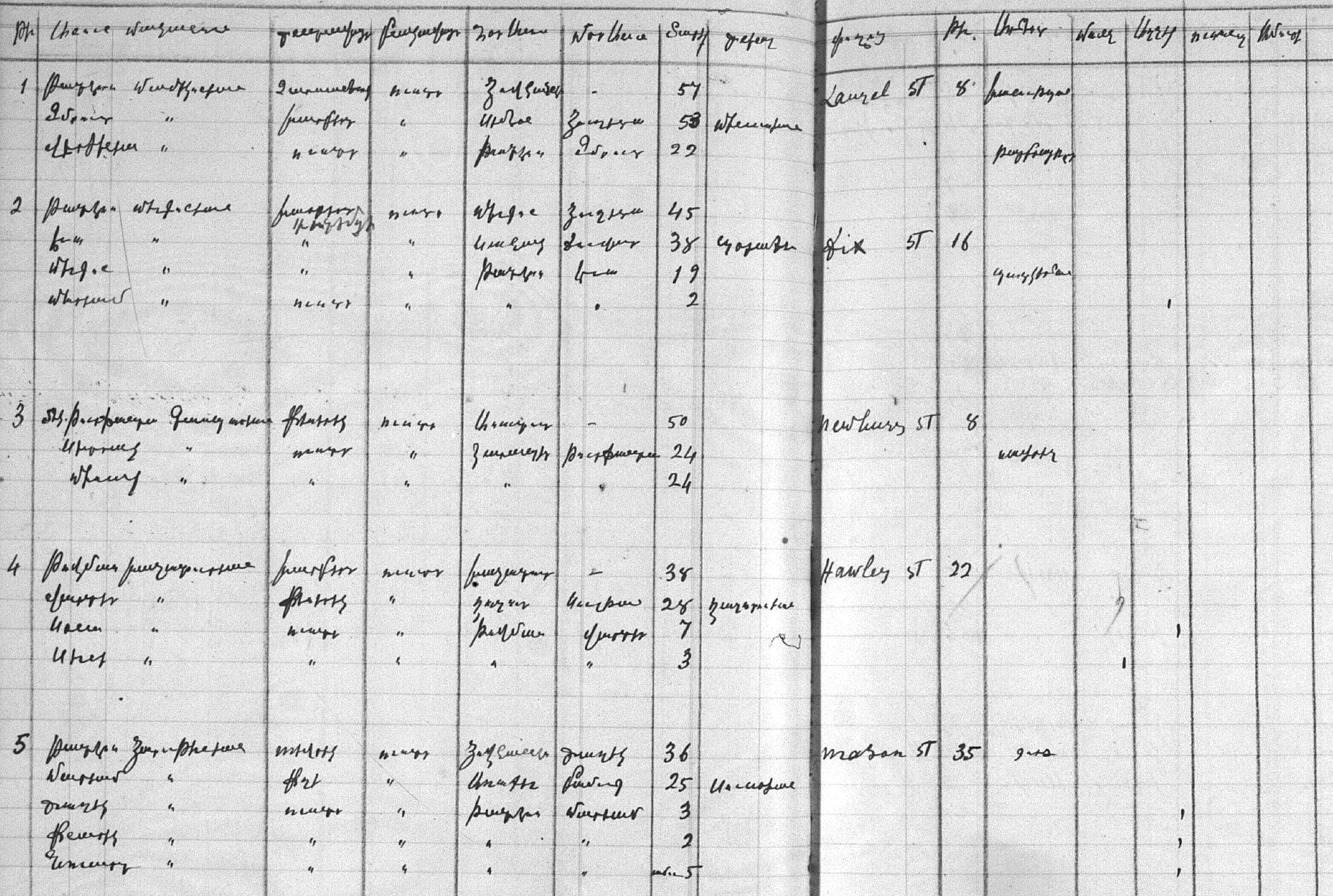Research Your Armenian Roots—What You Need to Know (Part VII)
September 12, 2018This article is part of a continuing series documenting the available records for research into one’s Armenian family roots. Part I in the series supplied a historical background on the Armenian genealogy movement as well as specific records available for Syria. In Part 2, records from Lebanon and Israel were detailed. Part 3 covered the records of Greece and Jordan. Southeast Asia and Serbia were covered in Part 4. The available information from the Republic of Turkey was explored in Part 5. Part 6 dealt with Egypt and Armenia.
This will be the final installment of the series on the resources available for tracing your Armenian family roots. There remain a few important regions that have thus far not been mentioned. I will do so briefly here before discussing places I deem particularly significant for their lack of available records.
Austria
The Family History Library of the Church of Jesus Christ of Latter-day Saints (LDS) contains important Armenian church records from Vienna and Trieste. Some of these records date to the 1700s. The documents are not solely the recording of sacraments, but also some census records as well as family genealogies. For example, the following image is of the elaborate family tree of Kerop Pakradian and his wife, Garine Keleshian.

Poland
The Armenian community of Poland dates back over five centuries. Over the centuries, the community has been subjected to numerous trauma and challenges. Yet, even today, there are those that retain their Armenian identity from these early immigrants. I recall being surprised when one of my college classmates told me of his Polish Armenian roots, a grandmother or great-grandmother as I recall. The LDS Family History Library contains wedding records from the mid-16th century to the mid-17th century. The language utilized in these documents is stated to be Armeno-Kipchak, a Turkic language brought with the Armenians from Crimea in the 13th century.
There are also records from a region now part of the Ukraine but previously part of Poland. Specifically, there are records from early in the 18th century for the Armenian Catholic Church of Stanislau, Poland which is now known as Ivano-Frankivsk, Ukraine.
Cyprus
While there has possibly been an Armenian presence in Cyprus for millennia, the available records through the LDS Family History Library begin only in 1877. Many of the early records are difficult to read as the quality of the images is poor. As an important post-genocide Armenian community, the more recent records are definitely of interest to a great many people.
Hungary
The register of sacraments for St. Krikor Lusavorich Armenian Catholic Church of Budapest is available beginning in 1923. I have not reviewed these records personally, but they can be accessed at the LDS Family History Library.
Current Gaps
Hidden away in our church basements, closets or simply lost over time are valuable documents yet to be preserved properly.
Clearly, I have not detailed every single available resource for researching Armenian family roots. But that was never my objective. The most important concept to understand is that while many records are missing or destroyed, there are still many that remain, many easily accessible.
Yet, there are still significant gaps. In particular, Armenian church records from France were never microfilmed by the LDS church. I am confident that important records can be found, assuming they have been cared for, in the church archives. Many Armenians married in France prior to coming to the U.S. In addition, census records would be fascinating and could potentially yield previously unknown information about our families.
The Armenian community of Iran has existed for centuries and served as an important bridge between the homeland and the Southeast Asian diasporan communities. Yet, we do not have any Armenian church records from Iran available. It would seem that we should have learned our lesson by now – the only guarantee to preservation for these records is duplication and accessibility.

Which leads me to the final point I wish to leave you with. Only one Armenian church in the U.S. has its records available through the LDS Family History Library. Hidden away in our church basements, closets or simply lost over time are valuable documents yet to be preserved properly. The Armenian Church of Our Saviour in Worcester is the lone exception.
As just one example, buried among these records was a 1929 church census. What makes this census so unique and important is that it was undertaken before the split in the community and at a time when many of the first immigrants were still alive. The census contains not only the names of family members but also their parents’ names as well as women’s maiden names. Moreover, birthplaces are described in more detail than other records one might reference, thus making it the only source available with this level of information.
How many more such records remain unknown, inaccessible and improperly preserved?
Author information
George Aghjayan
George Aghjayan is the Director of the Armenian Historical Archives and the chair of the Armenian Revolutionary Federation (ARF) Central Committee of the Eastern United States. Aghjayan graduated with honors from Worcester Polytechnic Institute in 1988 with a Bachelor of Science degree in Actuarial Mathematics. He achieved Fellowship in the Society of Actuaries in 1996. After a career in both insurance and structured finance, Aghjayan retired in 2014 to concentrate on Armenian related research and projects. His primary area of focus is the demographics and geography of western Armenia as well as a keen interest in the hidden Armenians living there today. Other topics he has written and lectured on include Armenian genealogy and genocide denial. He is a board member of the National Association of Armenian Studies and Research (NAASR), a frequent contributor to the Armenian Weekly and Houshamadyan.org, and the creator and curator westernarmenia.weebly.com, a website dedicated to the preservation of Armenian culture in Western Armenia.
The post Research Your Armenian Roots—What You Need to Know (Part VII) appeared first on The Armenian Weekly.
Source: Armenian Weekly
Link: Research Your Armenian Roots—What You Need to Know (Part VII)